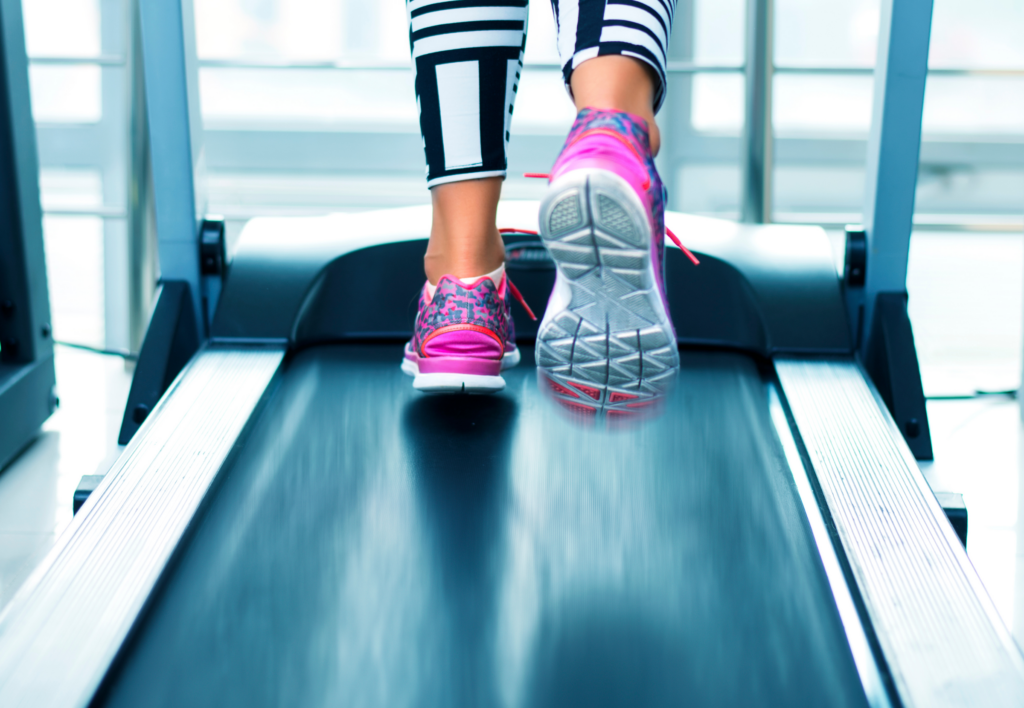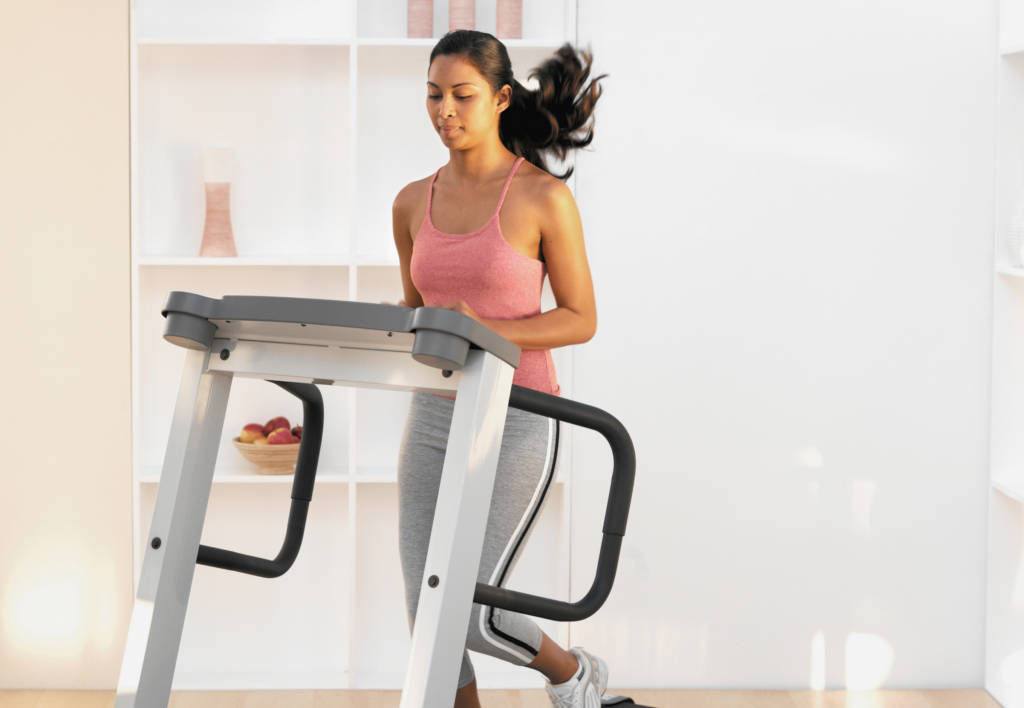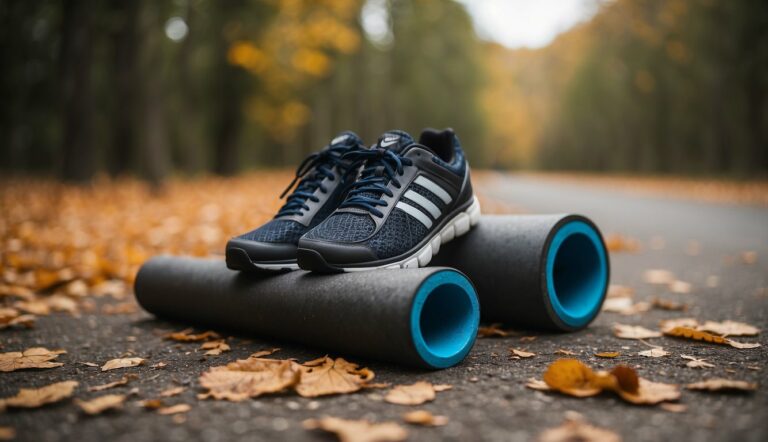8 Ways to Mimic Outdoor Running on a Treadmill (To Get Similar Results!)
Running on a treadmill is a convenient and effective way to maintain your fitness, especially when weather conditions or other circumstances make it difficult to run outside. However, for many runners, the experience of indoor running can feel lackluster compared to the vibrant and varied experience of hitting the trails or pavement.
The good news is that with a few simple adjustments, you can transform your treadmill workout to more closely mimic the challenges and rewards of outdoor running. In this guide, we’ll explore eight ways to bring the great outdoors to your indoor running sessions, helping you to stay motivated, engaged, and prepared for when you’re able to get back out there.
Whether you’re training for a race or just looking to keep your routine interesting, these tips will help bridge the gap between the treadmill and the open road.
1. Set a Slight Incline
One of the simplest ways to make treadmill running more like hitting the pavement is to add an incline. This adjustment helps to simulate the natural resistance you’d face from wind or minor inclines even when running in relatively flat areas.
Practical Tips:
- Begin with a 1% incline to emulate outdoor running. This slight elevation accounts for the lack of wind resistance indoors.
- If you’re training for a race with hills, gradually increase the incline to match the course profile you’ll be running on, but be mindful to avoid incline settings that compromise your form.
- Periodically change the incline during your run to mimic the changing terrain you would encounter outside, which also helps to engage different muscle groups.

2. Vary Your Pace
The natural variation in pace is a hallmark of outdoor running, thanks to changes in terrain, elevation, and obstacles. On a treadmill, you can mimic this by changing your speed at intervals, which can also make your workout more engaging and challenging.
Practical Tips:
- Start at a comfortable pace to warm up, then increase your speed for short intervals to simulate sprinting or running up a hill.
- After a burst of speed, slow down to a more relaxed pace to simulate the recovery phase you might have after running hard outside.
- Use the built-in programs on your treadmill, if available, which can automatically vary your speed and incline to keep your body guessing and your mind engaged.
3. Incorporate Interval Training
Interval training is a great way to replicate the unpredictable nature of outdoor running. It not only introduces the element of speed variation but also helps improve cardiovascular fitness, just as varied outdoor routes would.
Practical Tips:
- Mix short, high-intensity sprints with periods of lower intensity. For example, after a 10-minute warm-up, alternate 1 minute of running at 85-90% effort with 2 minutes of jogging or walking to recover.
- To keep things interesting, vary the length and intensity of your intervals. You might do a series of 30-second sprints with 1-minute recoveries, followed by a set of 2-minute hill runs with 3 minutes of easier running.
- Use the ‘interval’ setting on your treadmill if it has one, which can automatically change the speed and incline for you.

4. Use Pre-Set Programs
Many treadmills come with pre-set programs that can simulate different types of terrain. These programs can adjust the incline and speed for you, providing a varied workout that requires different levels of effort, much like running outside.
Practical Tips:
- Explore the different programs your treadmill offers and choose one that mimics the type of outdoor run you’re aiming to replicate, whether it’s rolling hills or a steep climb.
- Don’t be afraid to customize the pre-set programs if possible. Some treadmills allow you to modify the existing programs to better suit your training needs.
- If you’re training for a specific race, look for a program that closely matches the race’s profile, or create intervals that mimic the course’s specific challenges.
5. Simulate Wind Resistance
Outdoor running naturally includes wind resistance, which requires more energy and effort. To simulate this on a treadmill, you can create your own “headwind.”
Practical Tips:
- Position a fan in front of the treadmill to create airflow and resistance. Adjust the fan speed to vary the resistance, just as wind gusts vary in intensity.
- If you’re running at a gym or a place without a fan, try increasing the treadmill’s incline slightly more than usual to compensate for the lack of wind resistance.
6. Focus on Form
Running form on a treadmill should mimic your outdoor running form as closely as possible to ensure a consistent training effect and reduce the risk of injury.
Practical Tips:
- Keep your posture straight and avoid leaning on the handrails. It can be tempting to support yourself, especially during incline or speed work, but this can alter your form and reduce the effectiveness of your workout.
- Make sure you’re not overstriding. Your foot should land directly underneath your body, not out in front. Overstriding on a treadmill can happen if you’re trying to keep up with a speed that’s too fast.

7. Mental Simulation
The mental aspect of running outdoors—taking in the scenery, feeling the distance, and navigating the environment—can be a significant part of the experience. To mimic this on a treadmill, you’ll need to use visualization and other strategies.
Practical Tips:
- Visualize an outdoor route as you run. Imagine the landmarks, turns, and hills you would encounter.
- If possible, watch videos or virtual runs of outdoor trails and routes on a screen in front of your treadmill. This can provide visual stimulation and make the time pass more quickly.
- Break up your run into segments, just as you would outdoors. Set small goals throughout your workout, such as running ‘to the next tree or bench,’ which can be translated to time or distance markers on the treadmill.
8. Environmental Factors
Adjusting the environment around your treadmill can have a big impact on how closely it simulates outdoor running. From temperature to the air you breathe, a few tweaks can make a big difference.
Practical Tips:
- Adjust the room temperature to match outdoor conditions. If it’s warm outside, avoid blasting the air conditioning; a bit of heat can help your body acclimate to outdoor conditions.
- If you have access to fresh air, open a window or door. The airflow will not only help with temperature regulation but also enhance the feeling of running outside.
- Consider the sounds around you. Playing natural sounds or using an app that simulates outdoor noises can provide an auditory backdrop that mirrors running in the open air.
Conclusion
Treadmill running doesn’t have to feel like a stationary, monotonous exercise. By setting a slight incline, varying your pace, incorporating interval training, using pre-set programs, simulating wind resistance, focusing on form, engaging in mental simulation, and adjusting environmental factors, you can create a treadmill experience that’s much closer to the great outdoors.
These strategies will not only keep your indoor workouts fresh and challenging but also ensure that your transition back to outdoor running is seamless and effective. Remember, the key to a successful treadmill workout is variety and mimicking the real-world conditions as much as possible.
With these tips, you’ll be well-equipped to make the most of your indoor runs and maintain your training momentum, no matter the weather or circumstances outside.






